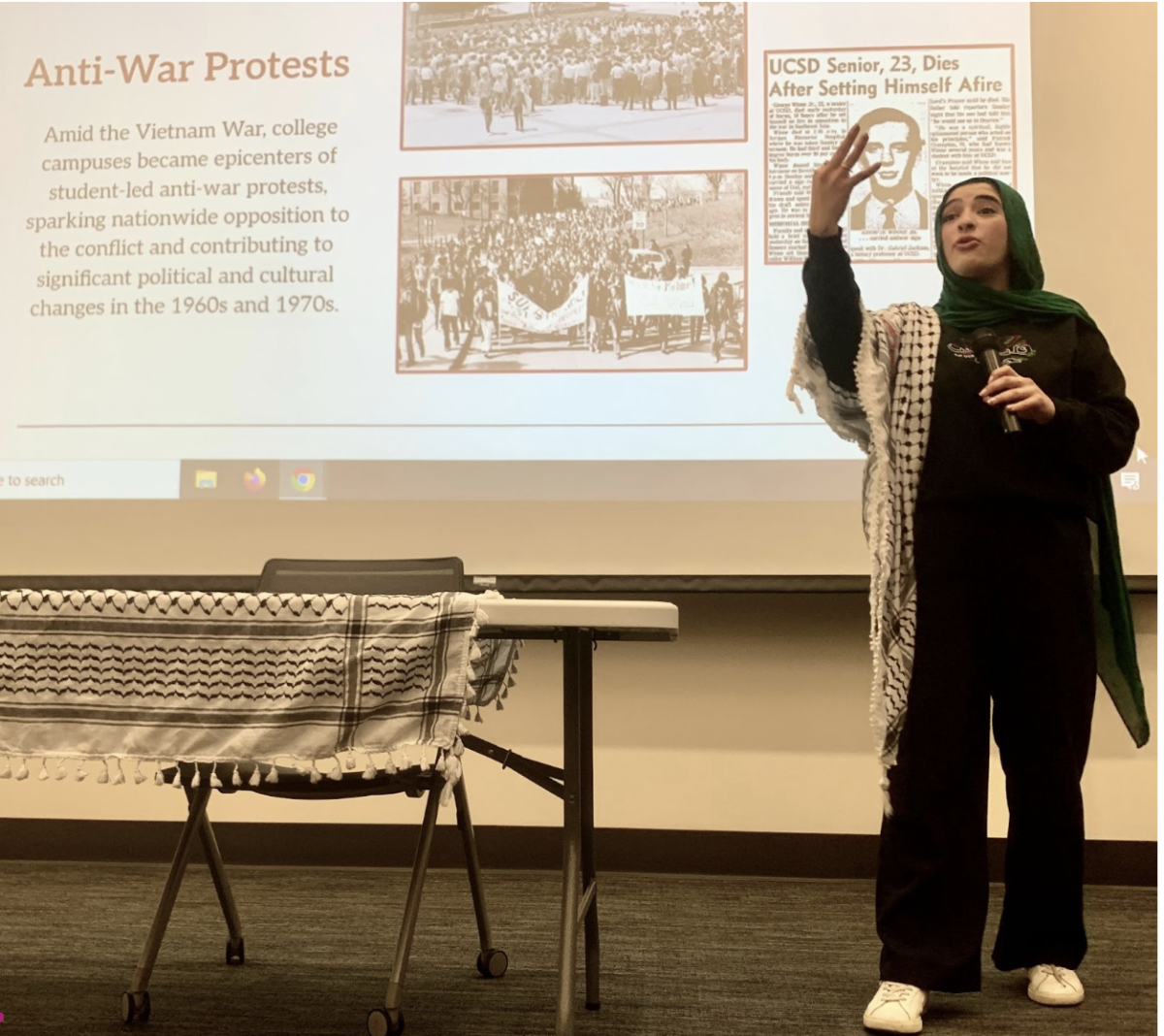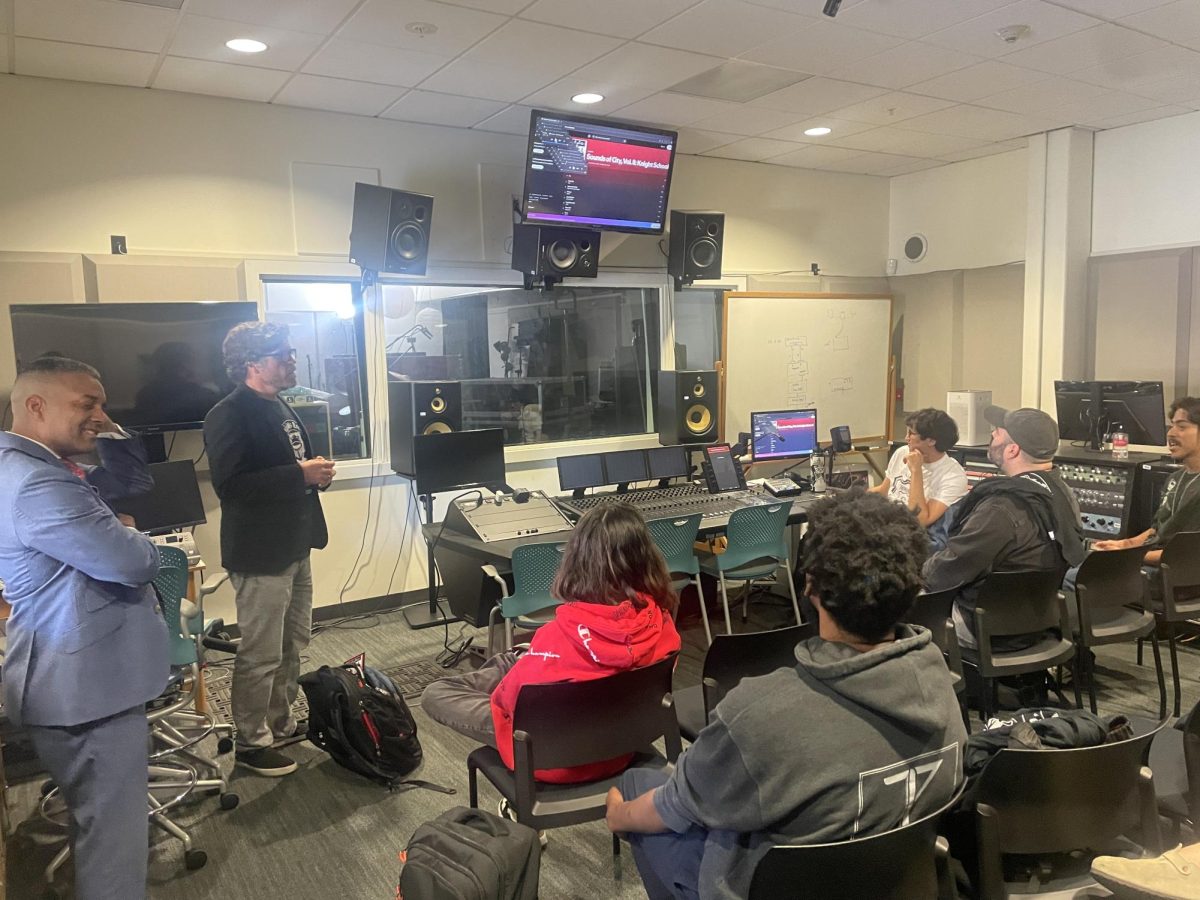“Academically Adrift” is subtitled “Limited Learning on College Campuses.” It’s not a happy book.
Chapter one opens with some chilling statistics. At four-year colleges today, for example, only 34 percent of students earn a bachelor’s degree in four years and only 64 percent earn one within six years.
“Completion rates are even more discouraging among students starting in community colleges,” the book notes.
But dismal numbers aren’t enough for authors Richard Arum of New York University and Josipa Roksa of the University of Virginia.
Their book is also loaded with depressing references to researchers such as Valen Johnson, who says too many students are focused on “controlling college by shaping schedules, taming professors and limiting workload.”
Calling many younger people “motivated but directionless,” Arum and Roksa sketch their title character, who is apparently commonplace on campuses across the country: a student who is taking classes aimlessly, floating through college without a clear plan.
The authors closely studied more than 2,000 attendees of four-year colleges.
Disturbingly, they found more than 4 in 10 students — after two years of higher learning — posted little or no improvement on a test of writing and critical thinking.
Of course, students are paying more for college than ever before. “Academically Adrift” notes that tuition and fees at four-year colleges have tripled in the last 30 years, after adjusting for inflation.
The study’s rigor is commendable and its veracity seems undeniable. The book’s scholarly tone, however, makes the reading laborious and sometimes tedious.
Readers looking to skim might be frustrated by how many main ideas, key data points, and interesting conclusions are buried in long, meandering chapters. And in the lengthy appendix, the authors devote dozens of pages to tabulated data that are largely indecipherable for anyone who hasn’t recently got an A in statistics.
“Academically Adrift” redeems itself in its fourth and final chapter, with its insights into success.
To instructors, Arum and Roksa emphasize that classes requiring more reading and writing seem to give more of a boost to students’ writing and critical thinking skills. Similarly, faculty who have high expectations and enjoy engaging with students tended to have students who posted more substantial improvements.
From the student’s perspective, improvement in writing and critical thinking was positively correlated with time spent studying alone but negatively impacted by time spent studying in groups or on fraternity or sorority activities.
Overall, the authors suggest that — to boost learning on college campuses — the average school needs to re-energize its commitment to students. The average student, meanwhile, needs to focus less on socializing and more on studying.
See you at the library.








